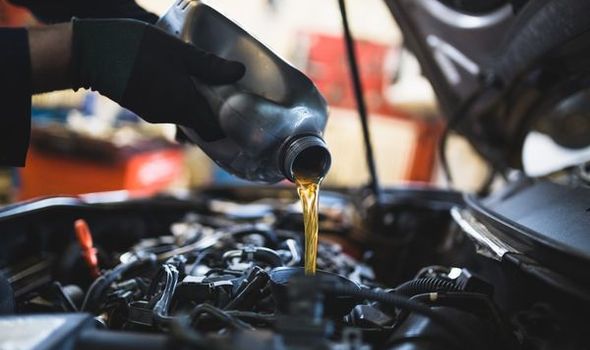As vehicle owners, we often pay close attention to engine oil changes but overlook the importance of maintaining the gear oil in our vehicles.
Gear oil works to ensure smooth gear shifting, reducing friction, and protecting the internal components of the transmission system.
However, like any other lubricant, gear oil deteriorates over time and requires periodic replacement.
In this blog post, we will explore when to change gear oil, the signs that indicate it needs to be replaced, the consequences of neglecting gear oil maintenance, the lifespan of gear oil, and how often you should replace it.
Signs that Indicate Changing Gear Oil
Several signs suggest that it’s time to change the gear oil in your vehicle. Pay attention to the following indicators:
1) Stiff Gears
If you experience resistance or difficulty when shifting gears, it may be due to dirty or degraded gear oil. The oil’s viscosity can change over time, leading to poor gear engagement and gear shifting issues.
2) Noisy Transmission
Unusual noises, such as grinding or whining sounds, during gear shifting, can be a sign of insufficient or contaminated gear oil. The lack of proper lubrication causes increased friction between the gears, resulting in these noises.
3) Gear Slippage
When the gear oil becomes old and contaminated, it loses its ability to maintain the required friction between the gears. This can cause gear slippage, where the transmission slips out of gear unexpectedly or struggles to stay engaged.
4) Burning Smell
If you notice a burning smell coming from your transmission, it could be an indication of overheated gear oil. Overheating can occur due to excessive friction caused by degraded or inadequate gear oil, potentially leading to gearbox damage.
5) Leaks and Oil Contamination
Inspect your vehicle for any signs of oil leaks around the transmission area. Leaking gear oil not only reduces the lubrication level but also allows contaminants to enter the transmission system, accelerating wear and tear.
How To Check the Gearbox Oil Level?
If your vehicle has a dipstick, follow these steps:
- Remove the dipstick from its housing.
- Wipe the dipstick clean with a lint-free cloth.
- Reinsert the dipstick fully into its housing.
- Remove the dipstick again and observe the oil level. There may be “Min” and “Max” marks or other indicators on the dipstick. The oil level should ideally be between these marks.
If your vehicle uses a fill plug instead of a dipstick, you will typically need to remove the fill plug and check that the oil level is at the bottom of the fill hole.
What happens if the gear oil is not changed?
Neglecting gear oil maintenance can have several detrimental effects on your vehicle’s gearbox system:
- Increased Friction and Wear: As gear oil ages, it loses its lubricating properties, resulting in increased friction between the gears. This friction leads to excessive wear on the gears, bearings, and synchronizers, potentially causing irreversible damage.
- Reduced Fuel Efficiency: Contaminated or deteriorated gear oil creates more resistance between the moving components, causing increased energy consumption. This, in turn, reduces fuel efficiency and increases your vehicle’s operating costs.
- Transmission Overheating: Gear oil not only lubricates but also cools the transmission system. When the oil becomes old and ineffective, it fails to dissipate heat properly, leading to excessive transmission temperatures. Overheating can cause accelerated wear, seal failure, and even transmission failure.
- Costly Repairs: Ignoring gear oil changes can eventually result in significant transmission damage. Repairing or replacing a damaged transmission can be an expensive and time-consuming process, often requiring professional expertise.

